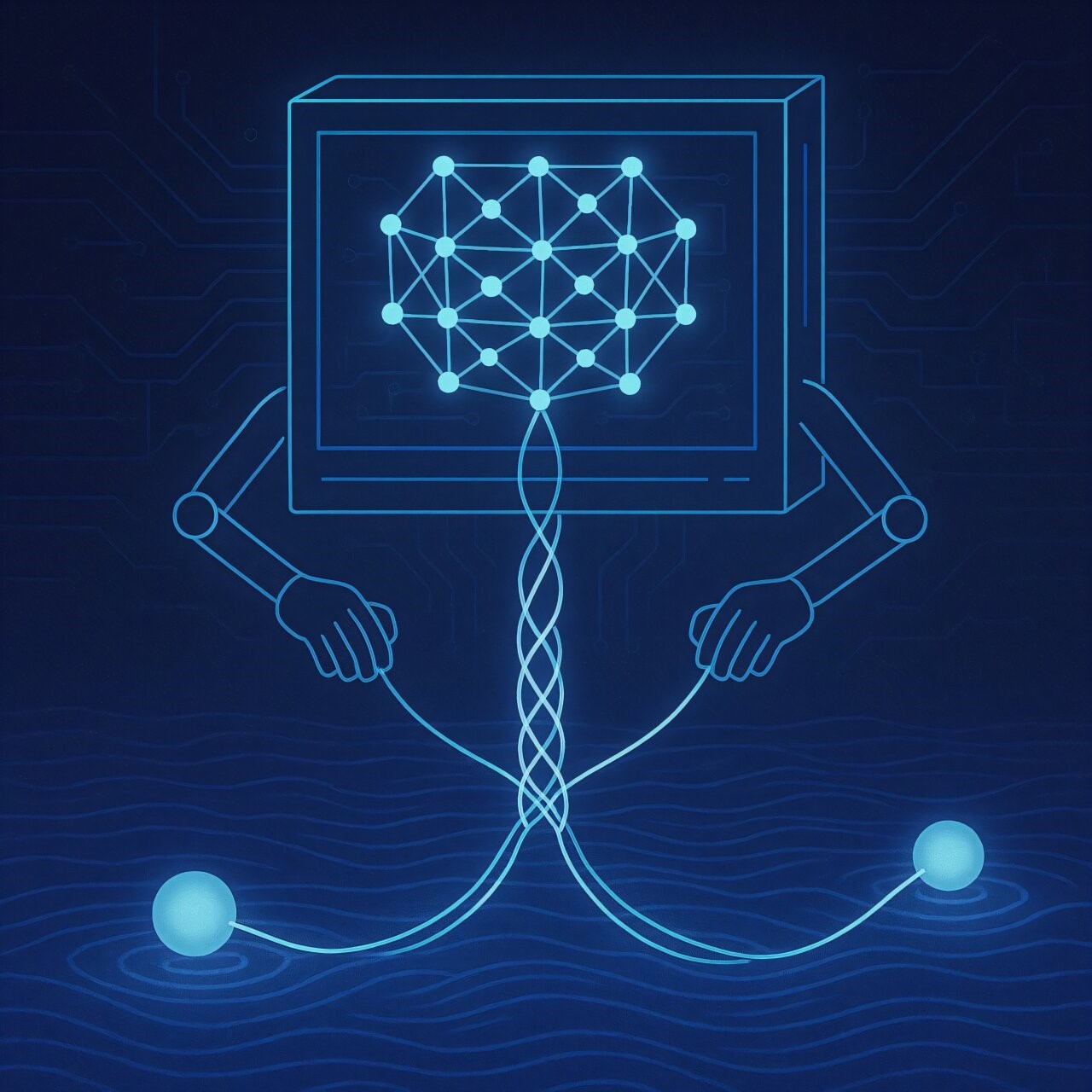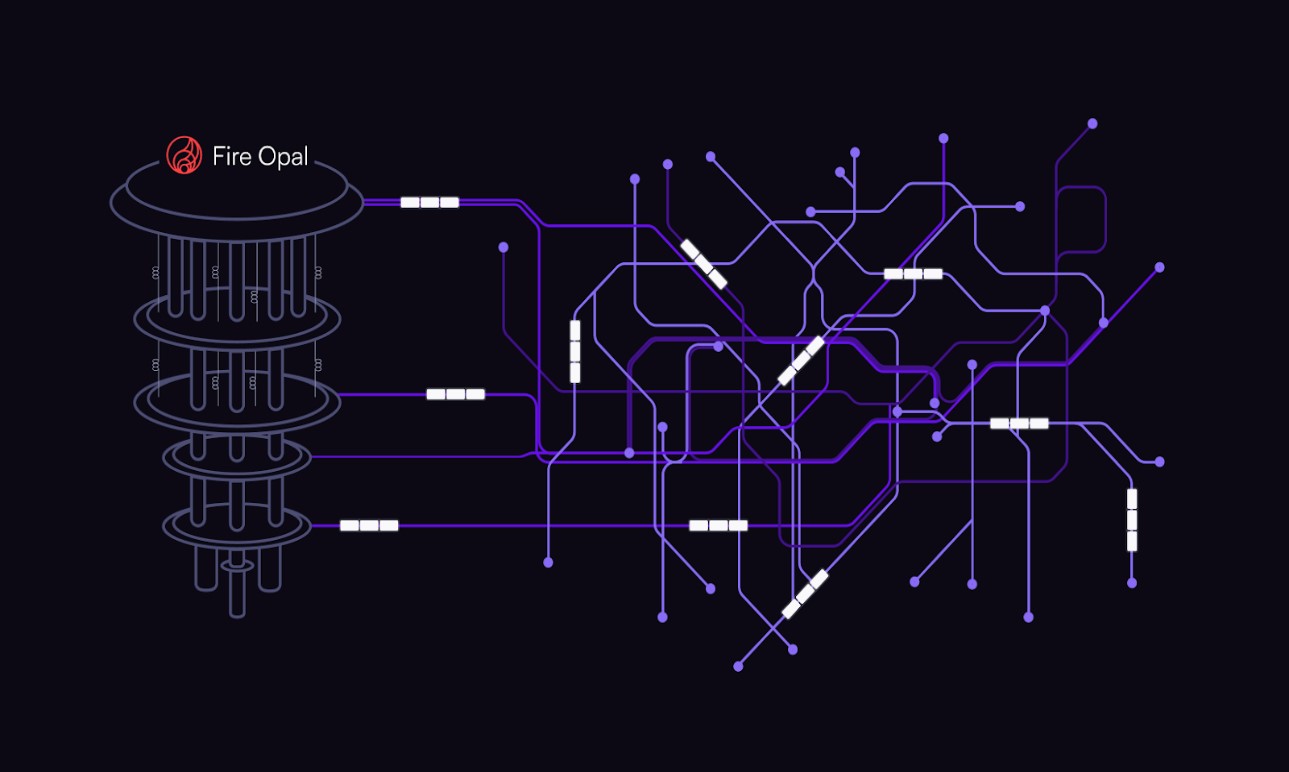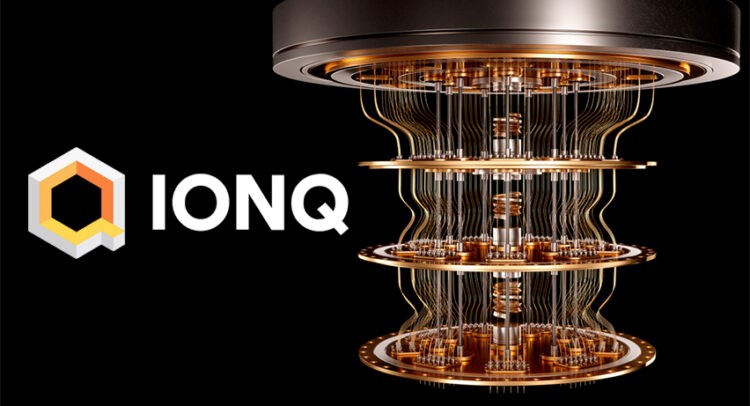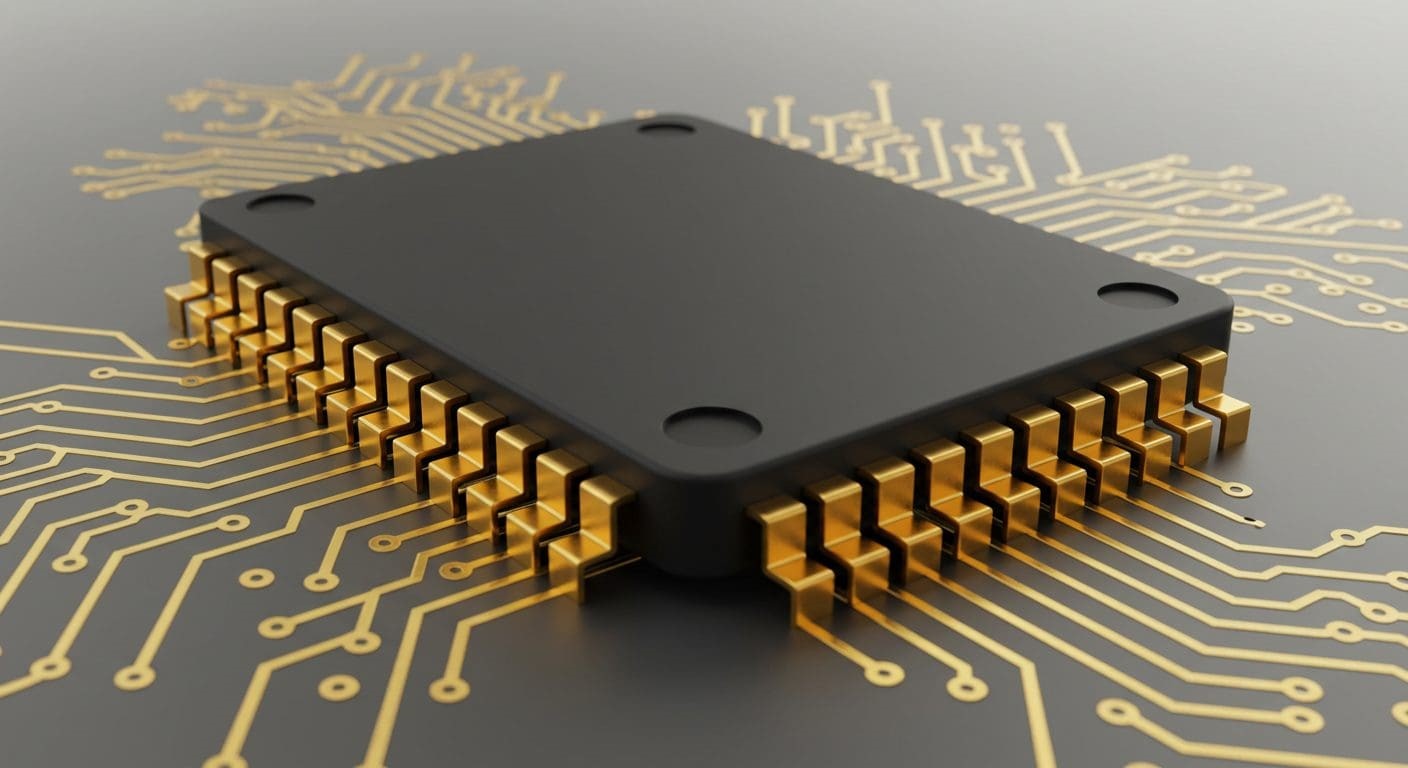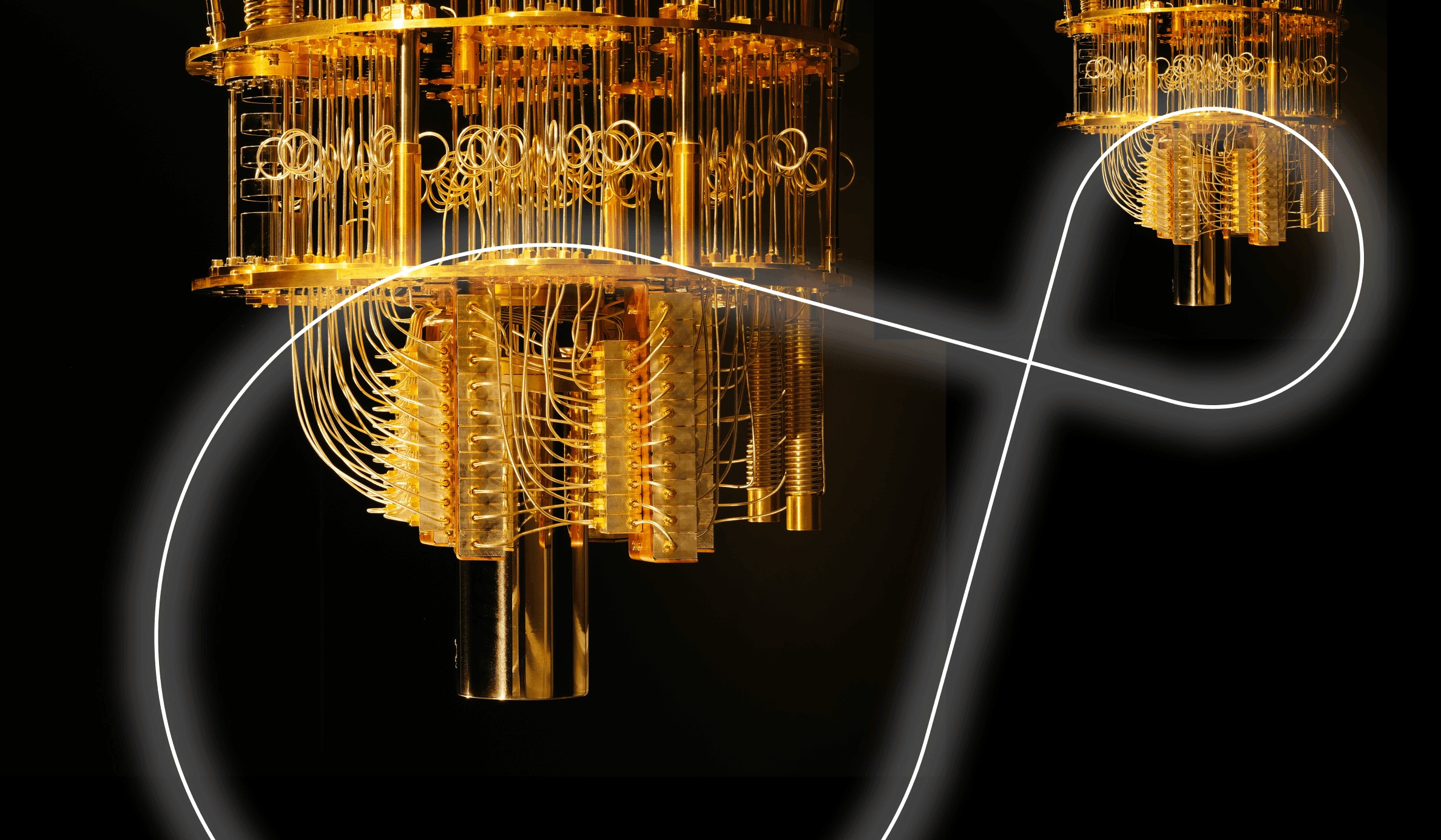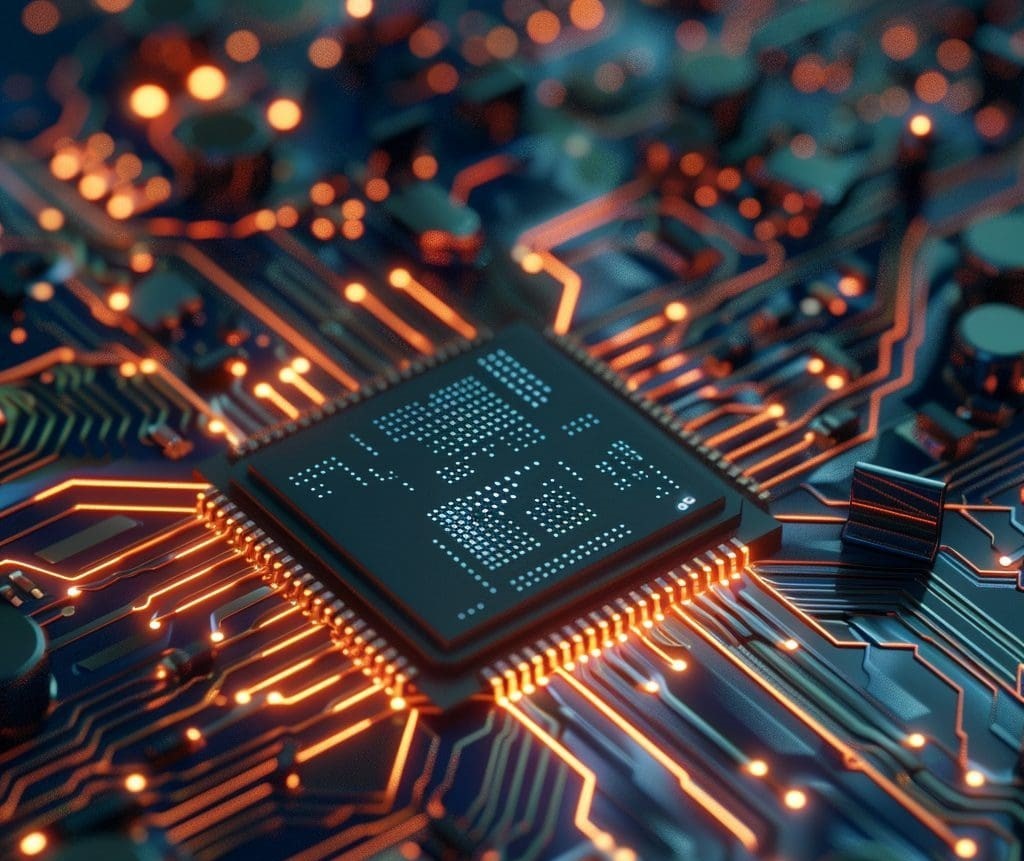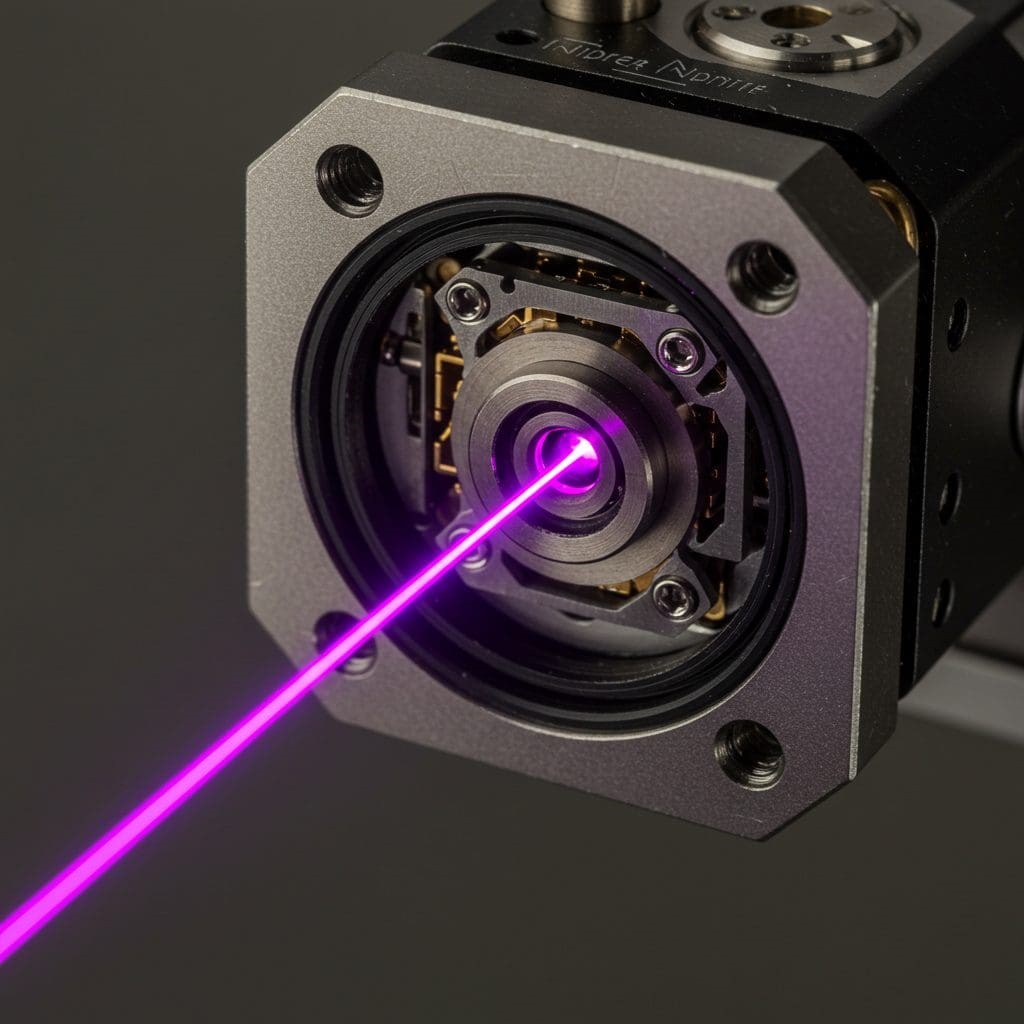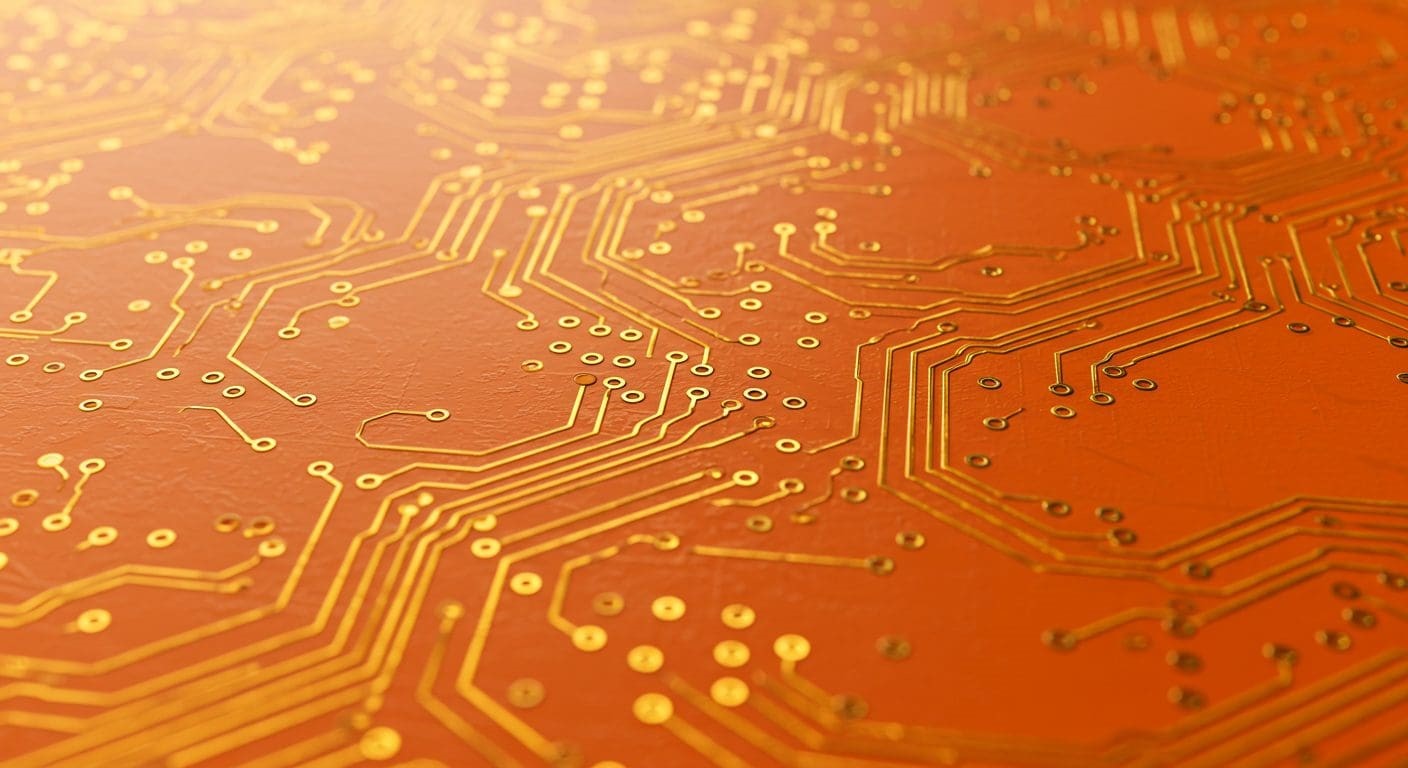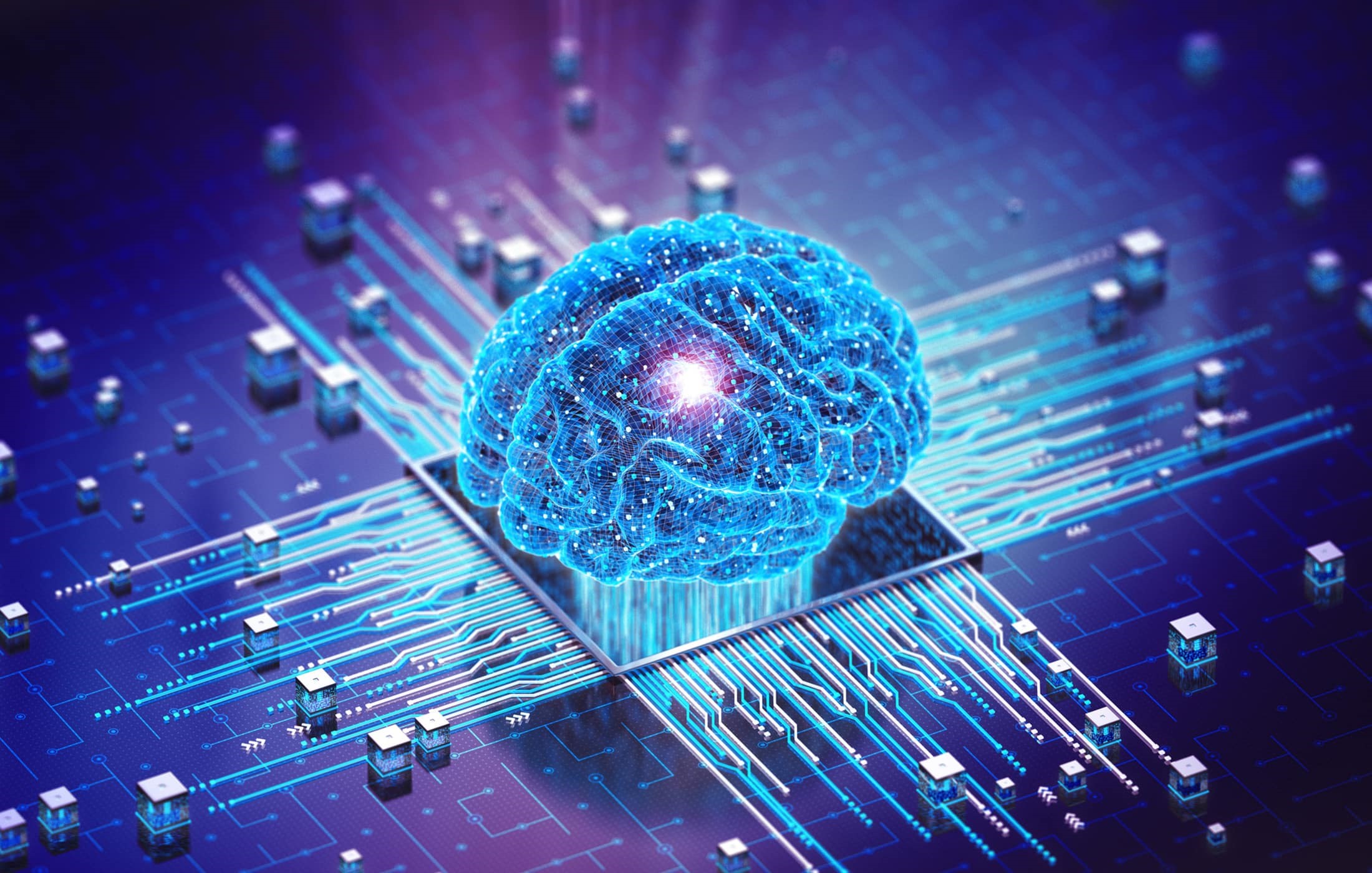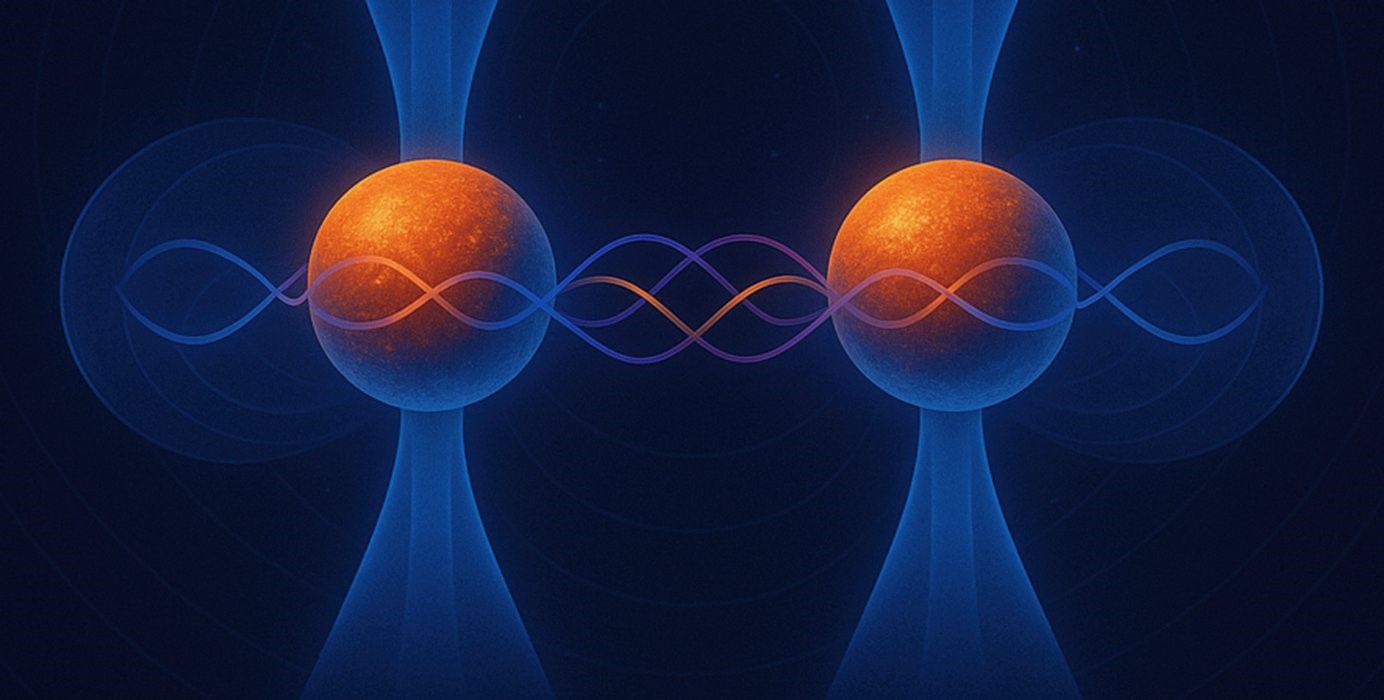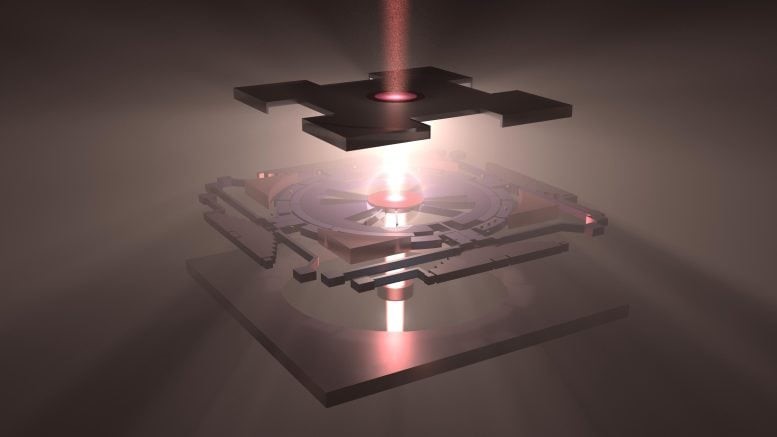Million-Qubit Quantum Computer Could Break RSA-2048 in a Week, Says Google’s Craig Gidney
This paper outlines a major breakthrough in quantum computing by reducing the estimated number of qubits needed to break RSA-2048 encryption from 20 million to just 1 million. This reduction is made possible by integrating recent advances in quantum error correction, magic state distillation, and surface code optimization. Authored by Craig Gidney of Google Quantum AI in Santa Barbara, the study sets a new benchmark for quantum factoring capabilities and offers guidance on preparing for the post-quantum era. It recommends that vulnerable cryptographic systems be phased out by 2030 and prohibited by 2035, emphasizing proactive security over assumptions about slow progress.
While building a quantum computer capable of factoring such large numbers remains a complex challenge, recent progress suggests it's increasingly feasible. Factoring a 2048-bit number would require about 4,096 logical qubits and quantum circuits with a depth of approximately 10,000 gate operations. This would demand substantial improvements in qubit coherence and error correction. The realization of Shor’s algorithm at this scale would have far-reaching consequences for encryption and underscores the urgent need to adopt quantum-resistant cryptographic systems.
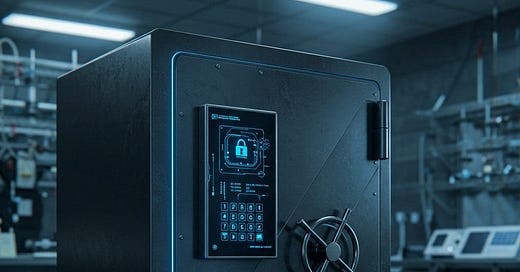
Figure 1. Million-Qubit Quantum Breakthrough: Cracking RSA-2048 in a Week — Google’s Gidney
Cracking RSA Encryption Using Quantum Computing
Developed by Peter Shor in 1994, Shor’s algorithm is a quantum algorithm capable of efficiently factoring large integers — a direct threat to RSA encryption. RSA's security depends on the fact that, while multiplying two large primes is easy, factoring their product is extremely hard for classical computers. This difficulty forms the foundation of RSA keys, where the public key includes a large number NNN, and the private key relies on knowing its prime factors. Figure 1shows Million-Qubit Quantum Breakthrough: Cracking RSA-2048 in a Week — Google’s Gidney.
Shor’s algorithm undermines this premise by using quantum principles like superposition and interference to uncover mathematical patterns (periods) in the factoring problem. This reduces the time needed to break RSA encryption from exponential to polynomial, allowing a sufficiently powerful quantum computer to crack RSA-2048 or RSA-4096 keys in mere hours instead of centuries.
However, such powerful quantum computers are not yet available due to current hardware limitations, high error rates, and the requirement for thousands of stable qubits. In response, the cryptographic community is proactively preparing for the quantum era. Researchers are developing post-quantum cryptographic algorithms based on problems believed to resist both classical and quantum attacks — including lattice-based, hash-based, and code-based methods. The U.S. National Institute of Standards and Technology (NIST) has already selected and begun standardizing quantum-resistant algorithms, and organizations worldwide are beginning to transition to these new systems to stay secure ahead of future quantum breakthroughs.
Building Quantum Computers
Designing practical quantum computers hinges on creating efficient physical layouts for qubits and their control systems. Scientists suggest a modular architecture with a compact compute region dedicated to generating entangled states, and a larger cold storage area to preserve qubit coherence when idle. Achieving precise timing and control over individual qubits requires advanced electronics and calibration, with single quantum operations estimated to take microseconds, demanding minimal latency and high-speed control signals.
Error correction is vital due to qubits’ vulnerability to noise and decoherence. Quantum error-correcting codes encode one logical qubit across many physical qubits, introducing overhead but ensuring reliable computation. Techniques like pulse shaping, dynamic decoupling, and automated calibration help optimize performance and reduce errors.
Quantum algorithms and software tools are also key, with ongoing development for applications in drug discovery, materials science, finance, and more. Quantum simulations can unlock complex physical insights, while machine learning and optimization algorithms may revolutionize data analysis and problem-solving across industries.
The shift from theory to practical quantum computers demands significant R&D investment, with growing support from governments and private sectors fostering collaboration among scientists, engineers, and industry experts. Meanwhile, post-quantum cryptography efforts are essential to safeguard data against future quantum attacks, focusing on new algorithms resistant to both classical and quantum threats, with standardization efforts underway.
Finally, the ethical and societal impacts of quantum computing warrant careful attention, including challenges related to data security, privacy, and the risk of widening social inequalities.
References:
- https://quantumzeitgeist.com/million-qubit-quantum-factoring-a-path-to-breaking-rsa-2048-within-a-week-say-googles-craig-gidney/
Cite this article:
Janani R (2025), Million-Qubit Quantum Computer Could Break RSA-2048 in a Week, Says Google’s Craig Gidney, AnaTechMaz, pp.257


